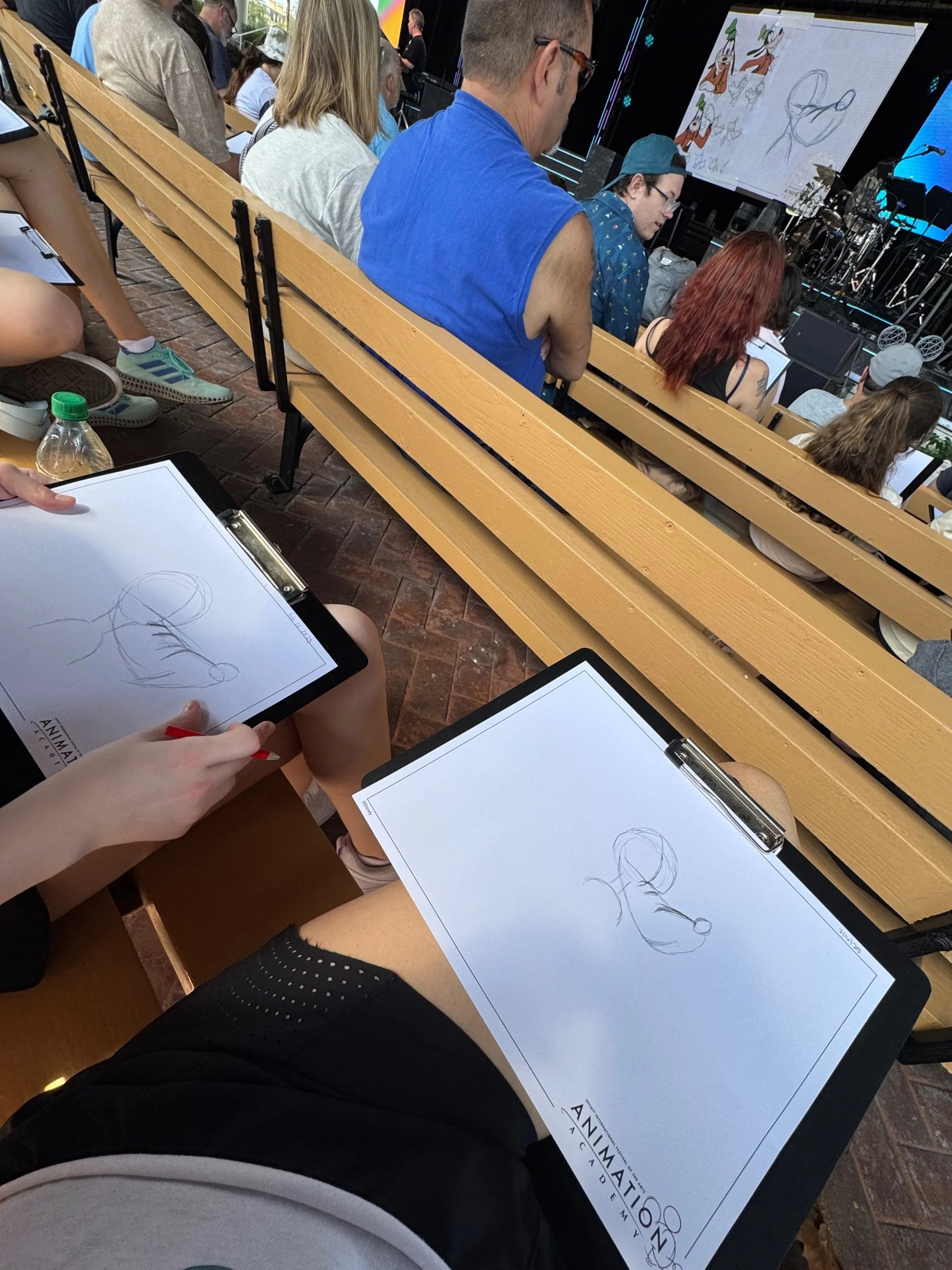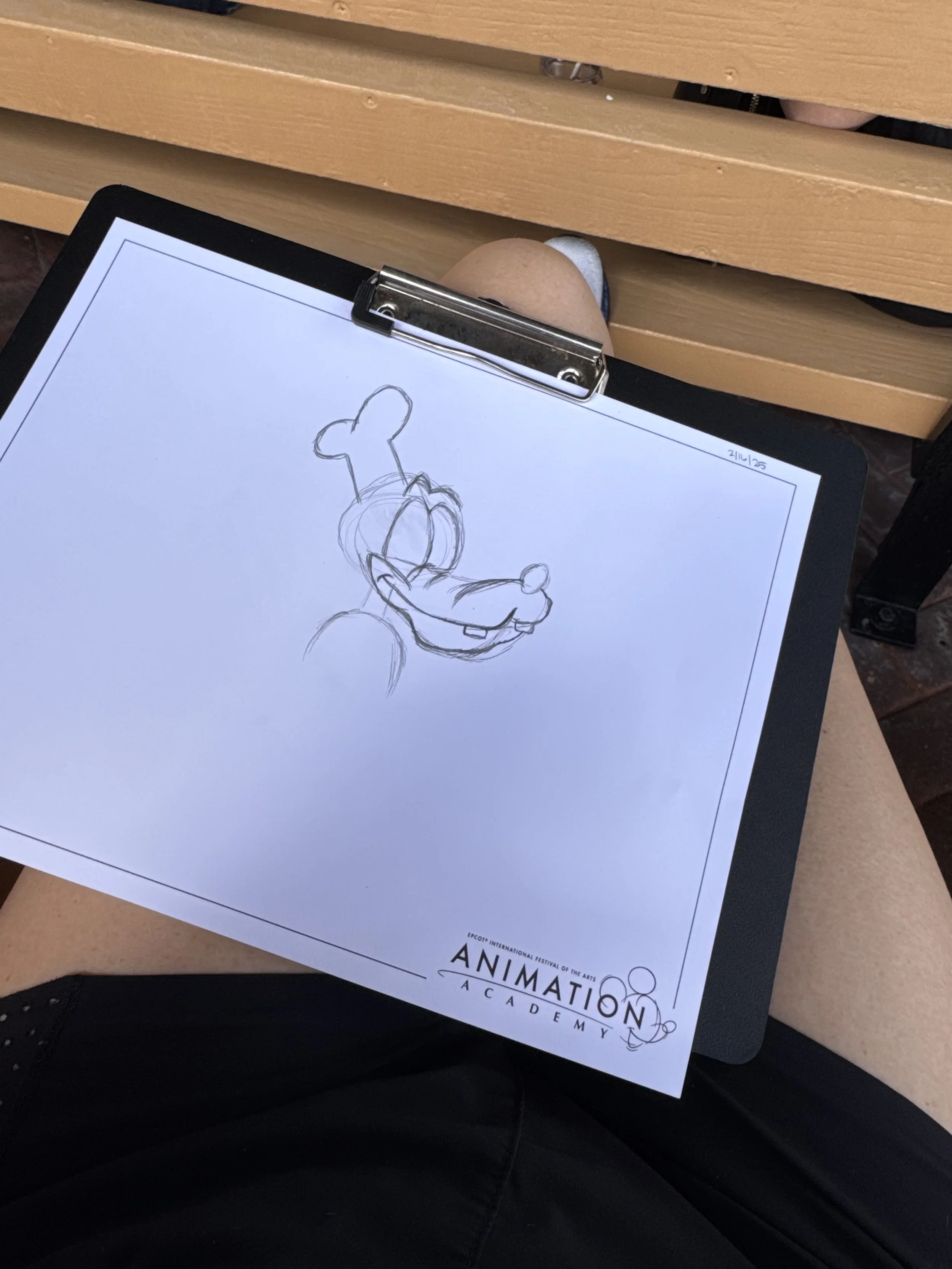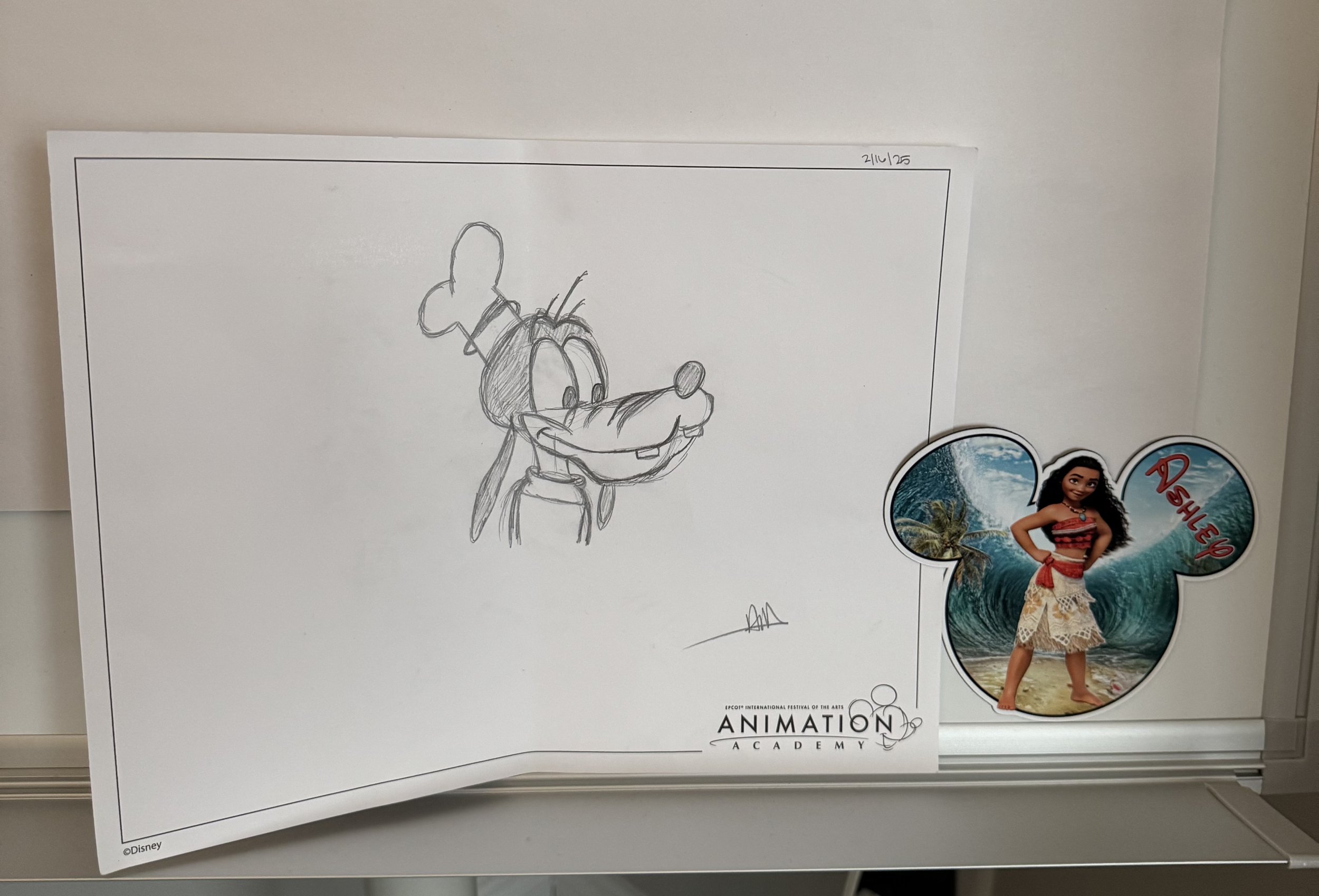Trying out for anything can be a lot. Not just the routine. Or the performance. But the whole damn thing.
The pressure. The possibility of not making it. The fear that the outcome means something about who you are.
I wasn’t a kid who tried out for things. (No, hockey cheerleading does not count. 😆)
But really I didn’t grow up doing anything competitive.
So watching my kids put themselves out there—knowing it might end in rejection—has cracked me wide open. I never had to walk into school and say, "I didn’t make it." (Or, "I made it, but I sit the bench." IYKYK.)
I couldn’t have had these kinds of conversations with my kids before coaching came Into my life. I wouldn’t have known how to help them separate who they are from the outcome they got. (Side note: one of them is better at this than the other…)
Old me would’ve tried to fix it fast.
Deflect. Distract. Cheer them up.
Not because I didn’t care—I just thought that was the "right" thing to do.
Now?
I let them feel it.
The disappointment. The sadness. The frustration.
I don’t rush it.
I let the emotion come up, because it needs somewhere to go.
And when they’re ready, I ask: What do you want to do with this?
Let’s talk about Maren.
She tried out for the middle school dance team. 25 girls. 20 made it. She didn’t.
I was at my girlfriend’s house when we found out, my first instinct was to run home (Aaron was with her) but I’m glad I didn’t. I had time to process MY emotions so that when I got home, I could help her do the same.
When I got home, I found her in her room. I sat down beside her and I asked her what she needed.
A hug? A good cry? To talk?
She needed it all. And I was able to hold space for her.
Then she said, “Everyone’s going to ask tomorrow.”
I told her: "You can say, 'I’d rather not talk about it.' That’s a full sentence too."
She told me she didn’t know some of the moves, so she just stood there.
I told her to keep in mind, we had some specific moves they said they’d evaluate during tryouts, but we didn’t know how precisely she’d need to know them—or how much technique mattered. (That context helped soften the sting a bit.)
We talked about how she was also learning a complex dance in a short amount of time.
It was her first tryout, and we honestly had no idea what to expect.
It was a learning experience. A lesson. That’s it.
I told her something I wish I’d heard at her age: No doesn’t mean no forever. It just means not right now.
Now we have information. And we get to decide what to do with it.
Does she want to try again next year? What would help her feel ready? More classes? Private lessons?
Or maybe she gives it some time and decides later.
I reminded her: This doesn’t define her.
It’s just a moment.
A moment that feels big now—and teaches you how to stand back up.
And honestly? That’s a skill a lot of adults are still learning.
How many of us still think a "no" means we’re not good enough? How often do we turn a setback into a full-blown self-worth spiral?
This is why coaching changed everything for me. It gave me the tools to sit with hard emotions, ask better questions, and stop tying my worth to outcomes.
And now I get to teach that to my kids, too.
No one gives you a manual for this part of motherhood. These moments aren’t easy—but they’re where so much growth happens. For them. For us. And we don’t have to get it perfect to show up with love.
To every mom navigating moments like this—where your heart breaks right alongside theirs—I see you. And you’re doing better than you think.
This wasn’t her tryout dance - this was a dance she was creating this morning in our gym at home, but I had to share it. Something about it brought me to tears.







